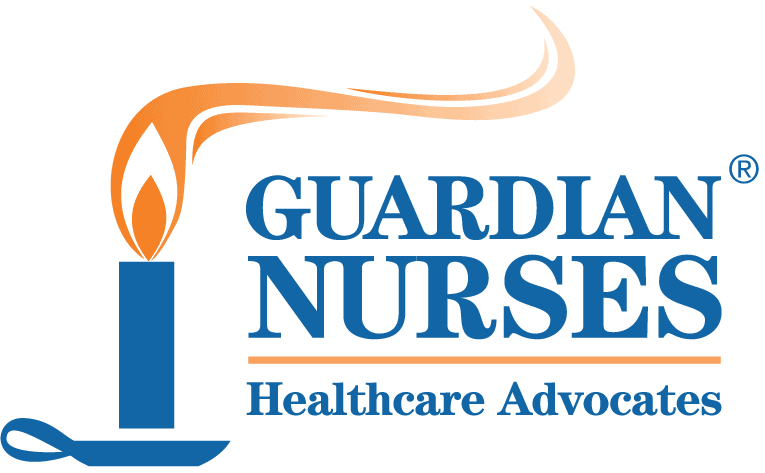Let’s face it. The more doctors you see, the more medical files you have. And the more scattered your medical records are, the higher your risk of drug errors, missed diagnoses, and other potentially dangerous glitches. The solution? Keep a set of your own personal health records at home. It just makes good sense.
We encourage all of the patients with whom we work to get copies of any diagnostic testing or blood work that they’ve had done. One of our older patients typed her extensive medical history on her computer. Whenever she has a new physician appointment, she prints out an updated version and takes it with her to the office. After completing her demographic and insurance information, she attaches her history to the clipboard and hands it politely to the receptionist. It saves her time and prevents unintended omissions.
Your personal health record can be on paper or electronic, whichever is easier for you. There are a growing number of on-line solutions for individuals to access on the Internet. The American Health Information Management Association provides a step-by-step guide to creating your own personal health records on its website
Portable storage devices (CDROM, DVD, USB flash drive or smart phones) and word processing templates can also be used to help create an electronic record. Two of the disadvantages of storing your information on portable devices are that the data is subject to physical loss and damage and many computers at physician offices and hospitals cannot read or update your records. So it may not help to hand your USB flash drive to your primary care provider or to the emergency room triage nurse.
Businesses, particularly those that offer health promotion programs, are also encouraging employees to create their own personal health records as a way of tracking changes and detecting improvements. In theory, by providing employees an online tool to monitor their health, companies believe they can cut healthcare costs without raising concerns about data privacy. They believe that empowered employees are ultimately healthier employees.
If you don’t know where to get started or what should be included, consider these basic components of a Personal Health Record:
• Personal identification
• Emergency contacts, including phone numbers
• Healthcare provider contacts, including specialists and dentists
• Health insurance information
• Living will, advance directive, or power of attorney
• Organ donor authorization, if any
• Current medications and dosages
• Significant illnesses and surgeries, with dates
• Immunizations and their dates
• Allergies or other sensitivities
• Results from most recent physical exam
• Test results and eye and dental records
• Family health history
• Opinions of specialists
• Correspondence with physicians
Remember, personal health records are a great tool for helping you make decisions and understand trends in your own health. And people who are engaged are typically healthier, with a better quality of life.
